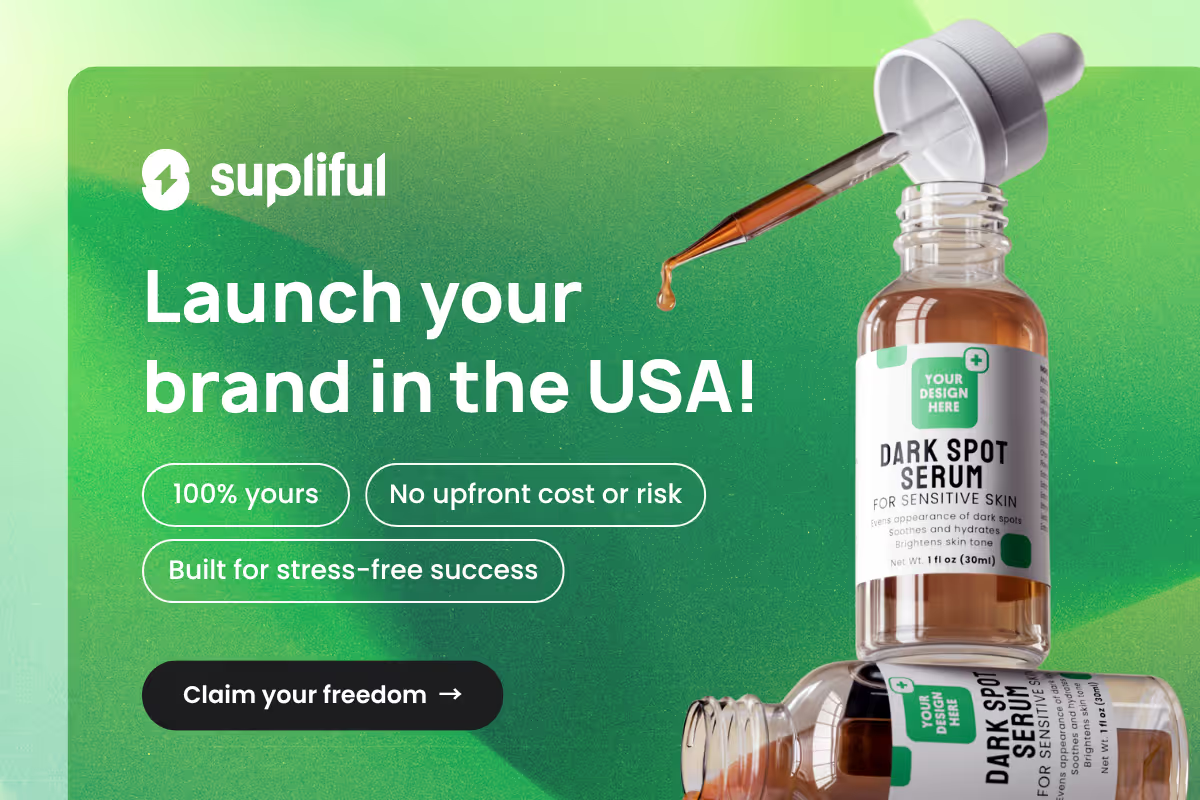How to Optimize Beauty Product Pages for More Sales? High-Converting Elements

Studies show that 87% of consumers rate product content as extremely important when deciding to buy, yet many beauty brands still overlook optimization.
A well-designed page can boost conversions by up to 30%, making it a powerful driver of sales in the crowded beauty market.
Learning how to optimize beauty product pages for more sales involves more than just aesthetics; it’s about strategy. From persuasive copy to strong visuals, every element should build trust and inspire action.
Essential Elements of High-Converting Beauty Product Pages
Great product pages do more than look good—they reduce doubt, build trust, and guide the shopper to “Add to Cart.” Here's what matters most.
A successful beauty product page relies on key elements that ease customer concerns, highlight benefits, and build purchase confidence.
Professional Product Photography
High-quality imagery is non-negotiable in the beauty industry. Your product photography should:
- Feature multiple angles of the product and packaging
- Include close-up shots showing texture and finish
- Demonstrate the product in use (swatches for makeup, application for skincare)
- Maintain consistent lighting and styling across your product catalog
Remember that beauty shoppers can't physically touch or test your products, so your images need to bridge that sensory gap. Consider incorporating 360-degree views or short video clips that showcase how the product moves, applies, or dispenses.
Detailed Yet Scannable Product Descriptions
Your product descriptions should balance being comprehensive with being easily digestible. Structure your content with:
- A compelling opening that highlights the primary benefit
- Bullet points for key features and ingredients
- Paragraph-style elaboration on unique selling points
- Clear information about size, shade options, and formulation
When writing descriptions for beauty products, focus on sensory language that helps customers imagine using the product. Describe textures, scents, and the experience of application to create an emotional connection.
Clear Value Proposition
With countless beauty options available, customers need to understand why they should choose your product specifically. Highlight what makes your offering unique:
- Clean, vegan, or cruelty-free formulations
- Innovative ingredients or delivery systems
- Problem-solving capabilities for specific skin concerns
- Heritage, expertise, or unique brand story
For example, rather than simply stating "contains hyaluronic acid," explain how "our triple-weight hyaluronic acid complex delivers hydration to multiple skin layers for plumping that lasts up to 72 hours."
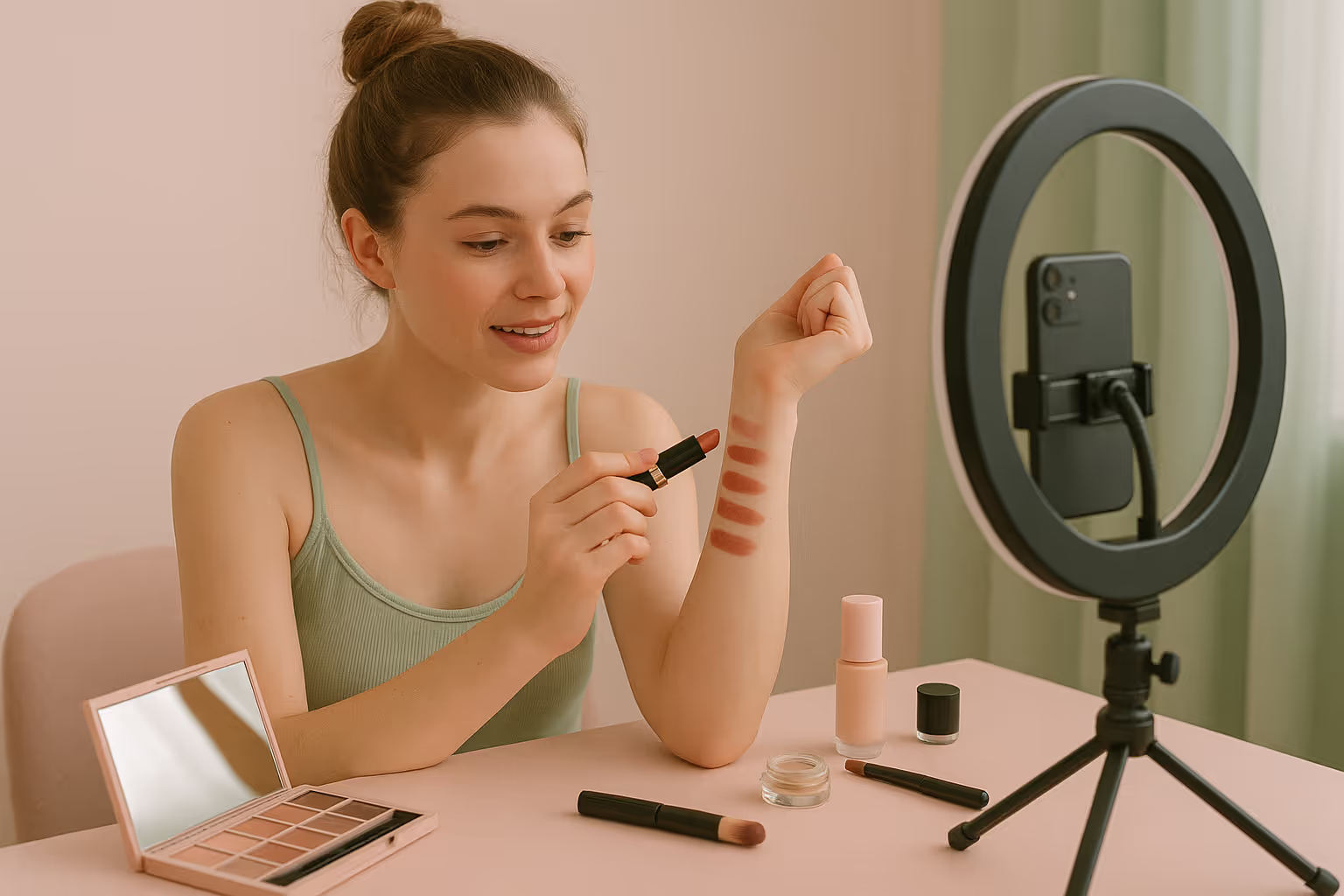
Optimizing Technical Aspects for Better Performance
Beyond the content itself, technical optimization ensures your beauty product pages load quickly, display correctly, and function smoothly across all devices.
Mobile Optimization
With over 70% of online shopping now happening on mobile devices, optimizing for smaller screens is crucial. Ensure your product pages:
- Use a responsive design that adapts to all screen sizes
- Features easy-to-tap buttons and navigation elements
- Maintain readable text without requiring zoom
- Have simplified forms and checkout processes
Mobile shoppers typically have less patience, so prioritize speed and simplicity in your mobile experience to prevent abandonment.
Page Speed Improvements
Slow-loading pages directly impact conversion rates, with studies showing that each second of delay can reduce conversions by up to 7%. Improve your page speed by:
- Compressing and optimizing all images
- Minimizing unnecessary plugins and scripts
- Implementing lazy loading for below-the-fold content
- Using a content delivery network (CDN)
For beauty brands with extensive product catalogs, maintaining fast load times becomes especially important as customers browse multiple items in a single session.
Building Trust Through Social Proof and Reviews
Beauty purchases often involve personal concerns about efficacy and compatibility, making trust signals particularly important for conversion.
Customer Reviews and Testimonials
Reviews serve as powerful decision-making tools for beauty shoppers. Optimize your review system by:
- Displaying star ratings prominently near the buy button
- Including photo and video reviews when possible
- Highlighting reviews that address common concerns
- Allowing filtering by skin type, age range, or concerns
Pro tip: When collecting reviews, specifically ask customers about results they've seen after using the product for 2-4 weeks. This timeframe typically shows meaningful results for skincare and helps set realistic expectations for new customers.
Before and After Imagery
For transformative beauty products like anti-aging treatments, hair care, or color cosmetics, before and after images provide compelling evidence of efficacy:
- Use consistent lighting and angles in both images
- Include a diverse range of models with different skin tones and concerns
- Provide information about the timeframe between images
- Clarify whether any additional products were used
Authentic before-and-after imagery builds credibility in a way that marketing claims alone cannot achieve. Consider partnering with private label skincare manufacturers who can provide clinical testing data to support your visual evidence.
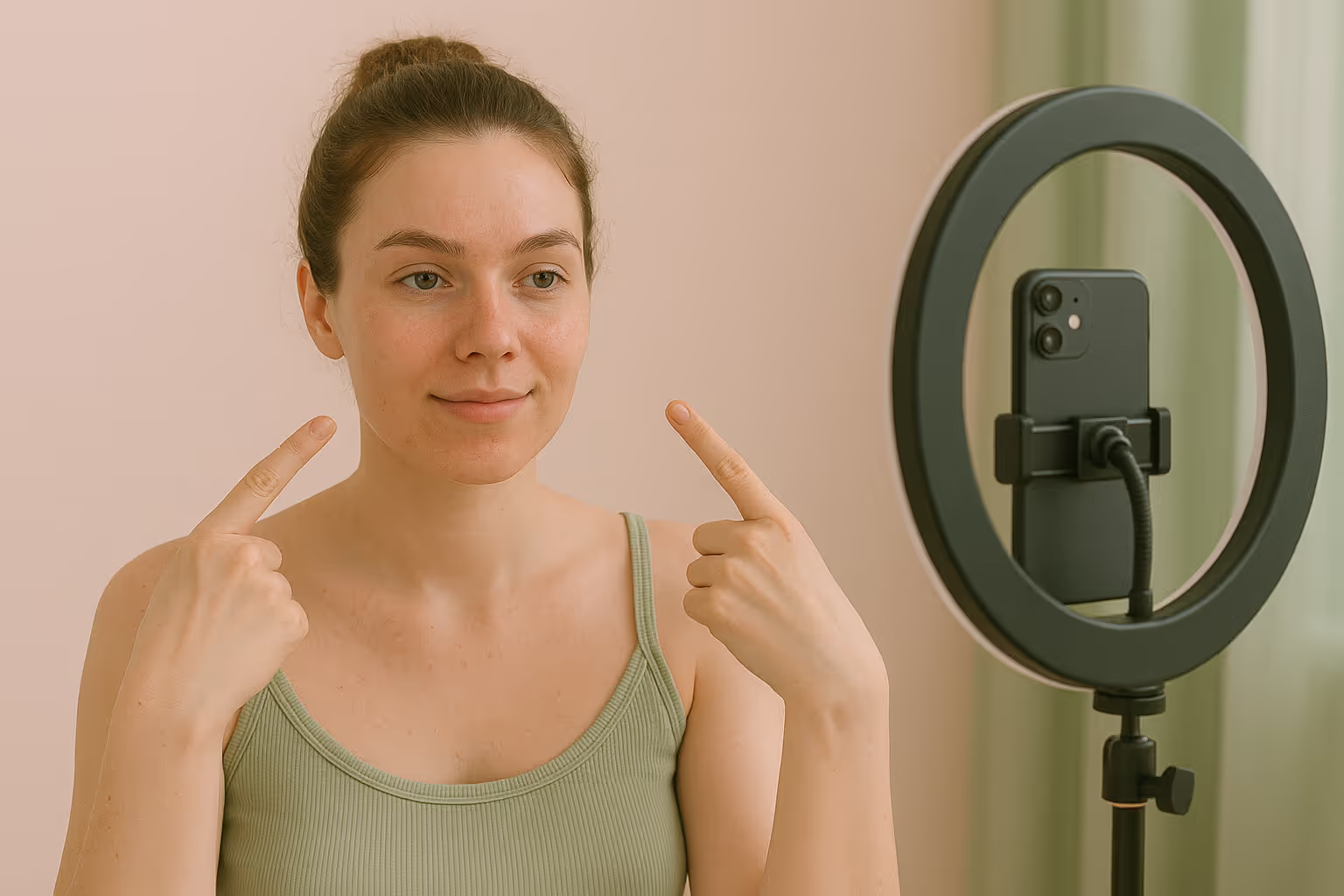
Strategic Use of Product Page Elements
Certain page elements have outsized impacts on conversion rates when properly optimized.
Call-to-Action Optimization
Your primary call-to-action (CTA) button deserves careful attention:
- Use high-contrast colors that stand out from the page design
- Employ action-oriented text ("Add to Bag" rather than "Purchase")
- Make buttons large enough for easy mobile tapping
- Consider adding urgency phrases for limited products ("While Supplies Last")
For beauty subscription products or bundles, communicate the value proposition directly near the CTA (e.g., "Save 20% with monthly delivery").
Upsell and Cross-Sell Opportunities
Strategic product recommendations can significantly increase average order value:
- Suggest complementary products that enhance the selected item
- Create bundles that offer slight discounts for multiple purchases
- Highlight "complete the routine" options for skincare systems
- Show "customers also bought" recommendations based on actual purchase data
Beauty products naturally lend themselves to routines and systems, making thoughtful cross-selling particularly effective. Learning how to promote beauty products on social media can also help reinforce these product relationships across multiple channels.
Addressing Common Beauty Customer Concerns
Beauty shoppers have specific concerns that, when addressed proactively on product pages, can remove purchase barriers.
Ingredient Transparency
Modern beauty consumers increasingly scrutinize product formulations:
- List complete ingredients in an easy-to-find location
- Highlight key active ingredients with brief explanations of benefits
- Mark potential allergens or sensitizing ingredients
- Note what's NOT in the formula (parabens, sulfates, etc.) if relevant
For brands focusing on clean beauty, consider using icons or badges to quickly communicate formulation standards like "fragrance-free" or "dermatologist tested."
Detailed Shade and Variant Information
For color cosmetics or products with multiple options:
- Show all shade variations on diverse skin tones
- Include detailed descriptions of undertones and finish
- Provide comparison charts for selecting the right shade
- Consider implementing virtual try-on technology
The ability to confidently select the right shade or variant is crucial for reducing returns and building customer satisfaction. This is particularly important when creating a beauty brand that offers inclusive shade ranges.
Conversion-Focused Copy Techniques
The language you use on product pages dramatically influences purchase decisions.
Benefit-Focused Descriptions
While ingredient lists matter, benefits drive purchases:
- Lead with the most compelling result the customer will experience
- Translate technical features into tangible outcomes
- Address specific pain points your target audience experiences
- Use sensory language that helps customers imagine using the product
For example, rather than focusing only on containing "10% niacinamide," emphasize how the product "visibly reduces pore appearance within 14 days while evening skin tone for a smoother, more radiant complexion."
Storytelling Elements
Narrative elements create emotional connections:
- Share the product development journey or inspiration
- Explain the founder's vision or personal connection
- Describe the specific problem the product was created to solve
- Include the heritage or unique sourcing of key ingredients
Beauty products often serve emotional and aspirational needs beyond their functional purpose, making storytelling particularly effective for luxury or specialty items.
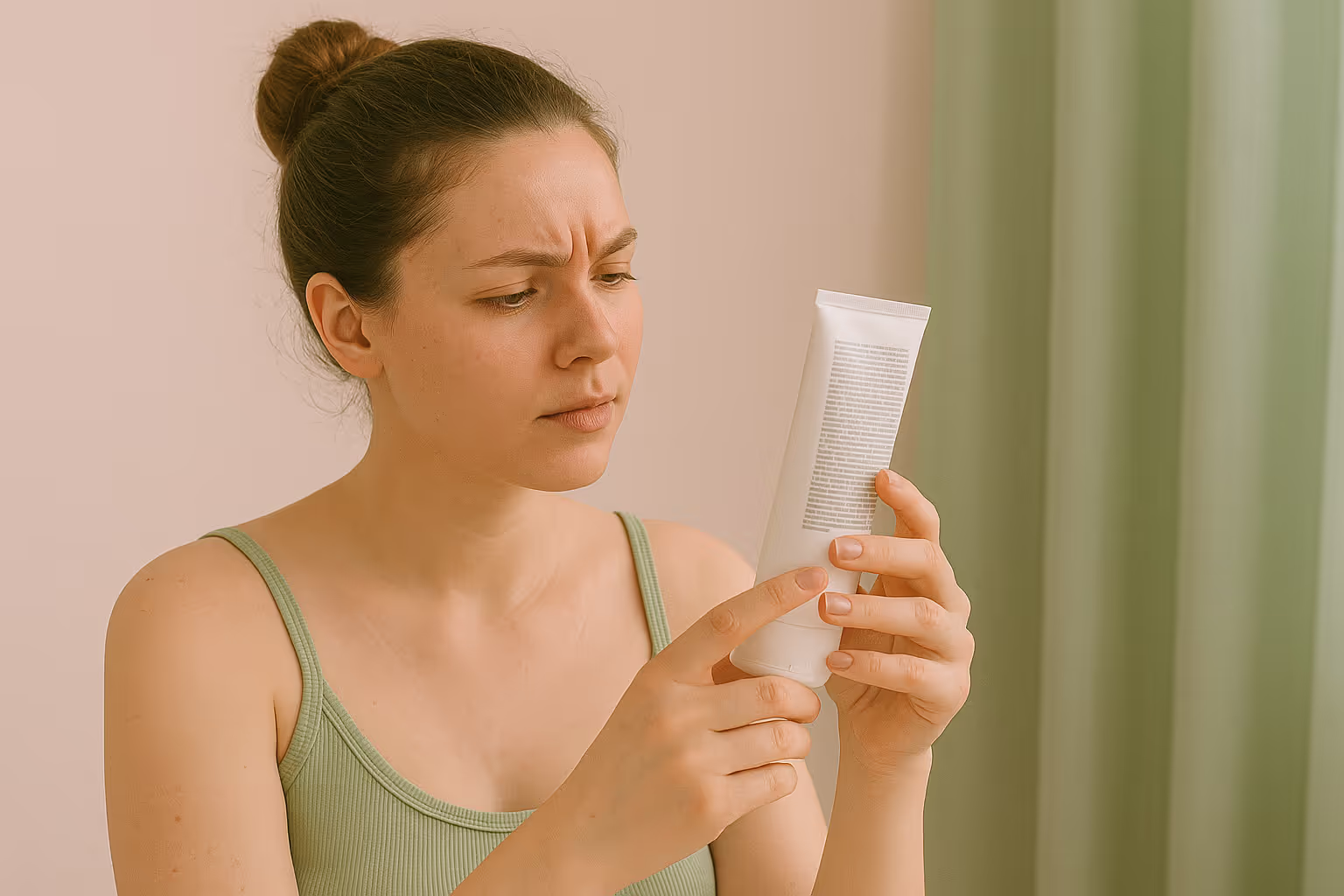
Data-Driven Optimization Strategies
Continuous improvement based on user behavior leads to progressively better results.
A/B Testing Critical Elements
Systematic testing reveals what works for your specific audience:
- Test different product image styles and sequences
- Compare variations of product descriptions and headlines
- Experiment with CTA button colors, sizes, and text
- Try different review display formats and placements
Start with the elements that have the highest potential impact on conversions, typically images, price presentation, and primary CTAs.
Analyzing User Behavior
User behavior data highlights optimization opportunities:
- Study heatmaps to see where visitors focus their attention
- Review session recordings to identify confusion points
- Analyze exit pages to understand abandonment patterns
- Monitor search queries to identify missing information
This data often reveals unexpected insights, such as customers repeatedly zooming in on certain product areas or searching for information that should be more prominent.
Streamlining the Purchase Path
The fewer obstacles between product discovery and checkout, the higher your conversion rate will be.
Simplified Product Selection
Make the decision process as frictionless as possible:
- Limit the number of variants displayed at once
- Use clear, descriptive option names
- Implement smart defaults based on popularity
- Provide comparison tools for similar products
For skincare lines with multiple similar-looking products, consider creating visual guides that clarify the differences and ideal use cases for each product.
Optimized Checkout Process
Even the best product page can lose sales to a complicated checkout:
- Enable guest checkout options
- Minimize form fields and required information
- Display security badges and payment options prominently
- Offer multiple payment methods, including "buy now, pay later" options
The checkout experience should feel like a natural extension of the product page, maintaining the same design aesthetics and brand voice throughout.
Leveraging Technology for Enhanced Experiences
Modern technology offers powerful tools to overcome the limitations of online beauty shopping.
Augmented Reality and Virtual Try-On
Virtual try-on technology has become increasingly sophisticated:
- Allow customers to "apply" makeup products to their image
- Provide visualization tools for hair color or skincare results
- Show how products would look on different skin tones
- Enable comparison between multiple shade options side-by-side
Brands that implement these technologies typically see higher conversion rates and lower return rates for color cosmetics and other visually driven products.
Personalization Elements
Tailored experiences drive higher engagement:
- Recommend products based on previous purchases or browsing
- Allow customers to save preferences and skin concerns
- Display recently viewed items for easy comparison
- Show "recommended for you" sections based on customer data
Combine Smart Fulfillment with Optimized Product Pages
Optimizing product pages is only part of the growth equation. The real advantage comes when it's paired with reliable fulfillment, strategic marketing, and standout customer service, creating a well-rounded foundation for long-term success.
For brands aiming to break into beauty without managing manufacturing, private label cosmetics provide a faster route to market.
They offer professionally formulated, compliant products, allowing you to focus on branding and customer experience from day one.
Transform Your Beauty Business Today
Optimizing your beauty product pages isn’t a one-time task; it’s an ongoing process of refinement.
By applying these strategies and testing their impact, you’ll create pages that not only showcase your products beautifully but also drive conversions.
Top beauty brands treat product pages like digital sales associates, educating, inspiring, and guiding customers to the right choices. Start optimizing today and watch your conversions and customer satisfaction grow.
FAQ
Related blogs
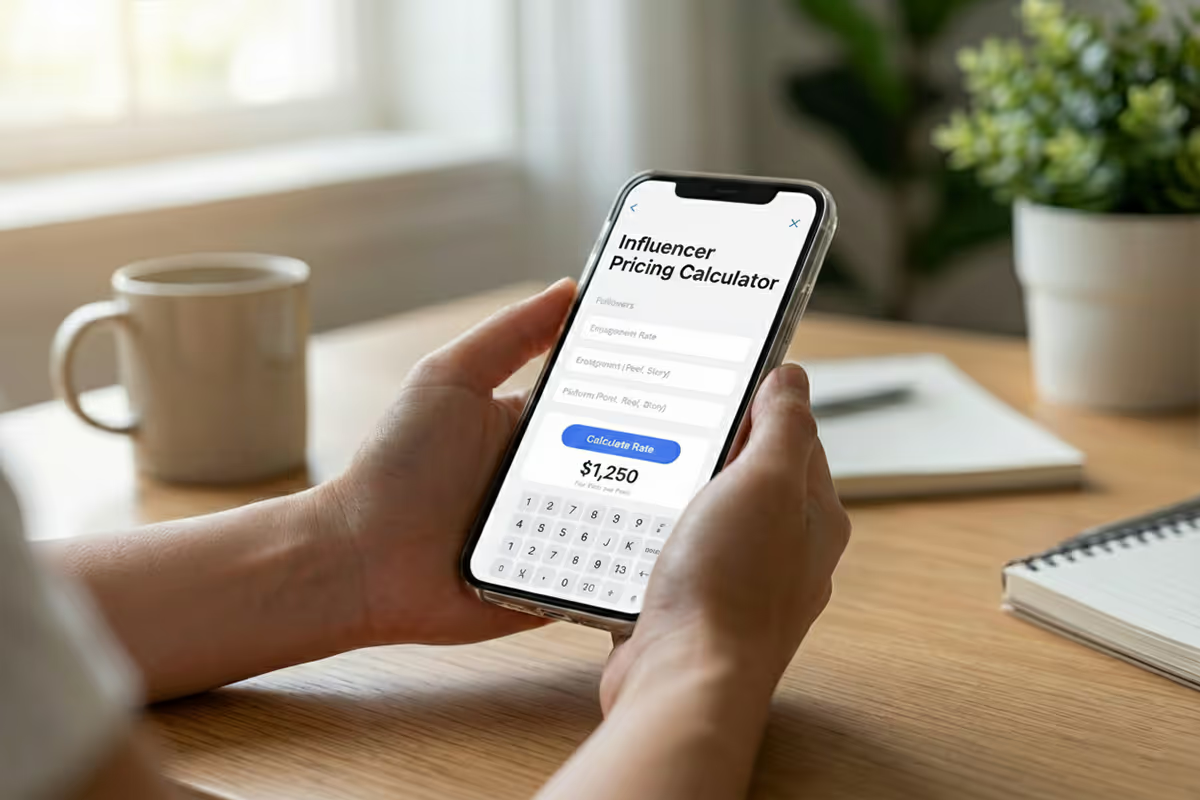
Influencer Pricing Calculator: Find Your Fair Rate for Posts, Reels & Stories
.avif)
How To Market Pet Products Through Storytelling: Win Attention, Build Trust, and Boost Sales Naturally
.avif)
How To Market Coffee To Gen Z: The High-Impact Blueprint Every Brand Needs
.avif)

